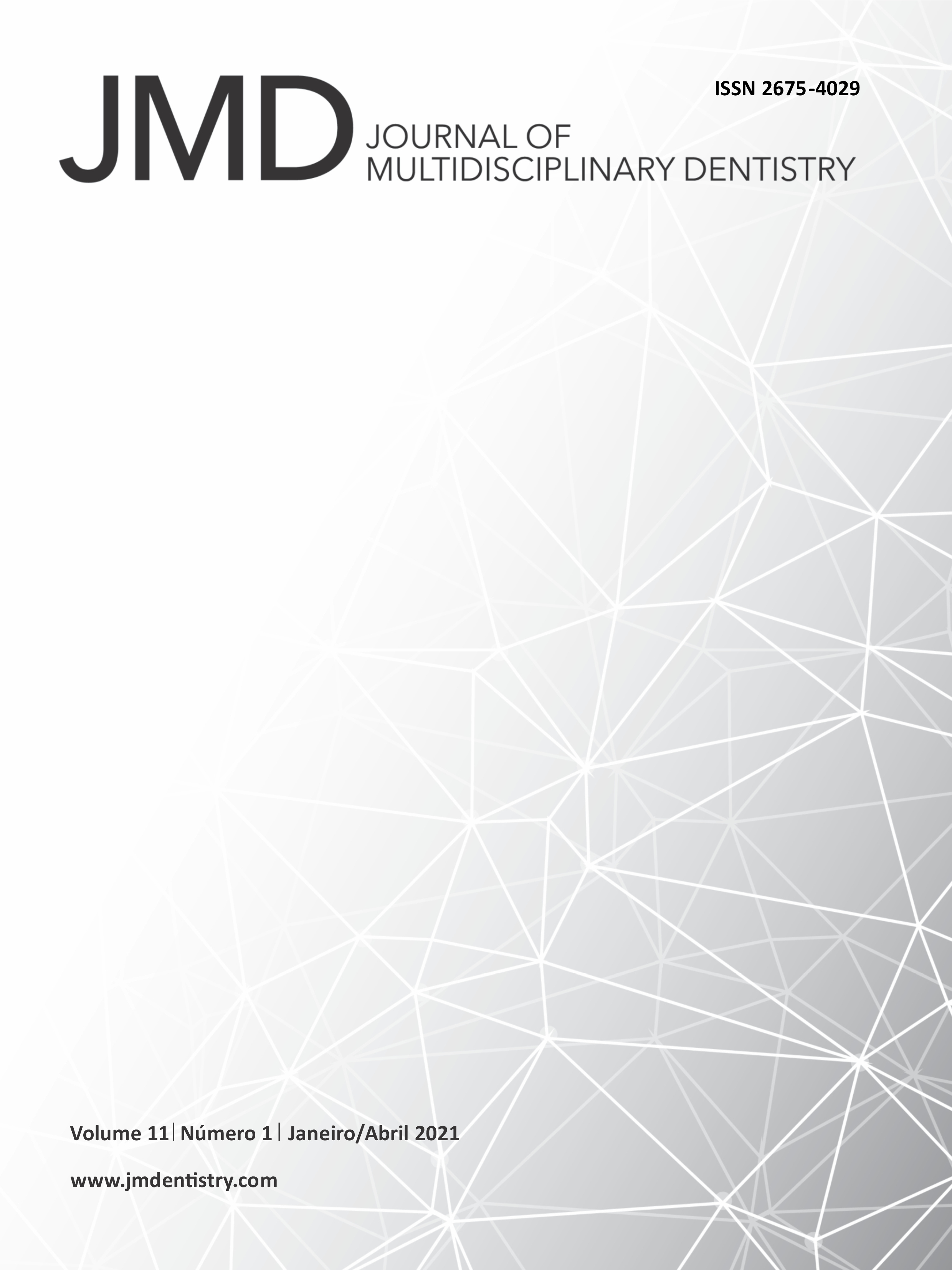Surgical treatment of peri-implantitis. A literature review
DOI:
https://doi.org/10.46875/jmd.v11i1.637Keywords:
Peri-implantitis, Dental implants, MucositisAbstract
Mucositis and peri-implantitis are the complications associated with implantology and the sooner the diagnosis and treatment are made, the greater the chances of success. The treatments are divided into non-surgical and surgical and aim to stop the disease, prevent bone loss and implant loss. This literature review aimed to describe the approaches to treat peri-implant diseases surgically. Non-surgical treatment is used most successfully in mucositis and involves mechanical debridement, use of antiseptics and antibiotics. Surgical therapy is reserved for peri-implantitis defects with bone loss around the implant. It involves regenerative or resective therapy after mechanical debridement and atibiotic therapy. Resective therapy aims to reduce the depth of the bag using osteoplasty or ostectomy, correction of the bone defect and allow better adaptation of the flap. Regenerative therapy uses bone grafts, with or without membranes, or just membranes and can also use biological agents, as growth factors. This review confirms that peri-implantitis can be successfully treated using surgical treatments. There is no single treatment, but the combination of surgical and non-surgical treatments has the best result. Non-surgical therapy should be performed before any surgical intervention, but when there is bone loss, surgical treatments have shown better results. There is no indication of the best bone replacement material or the advantages of using membranes, or the mandatory implantation. The CIST protocol can be used as a guide for the treatment of peri-implantitis.


